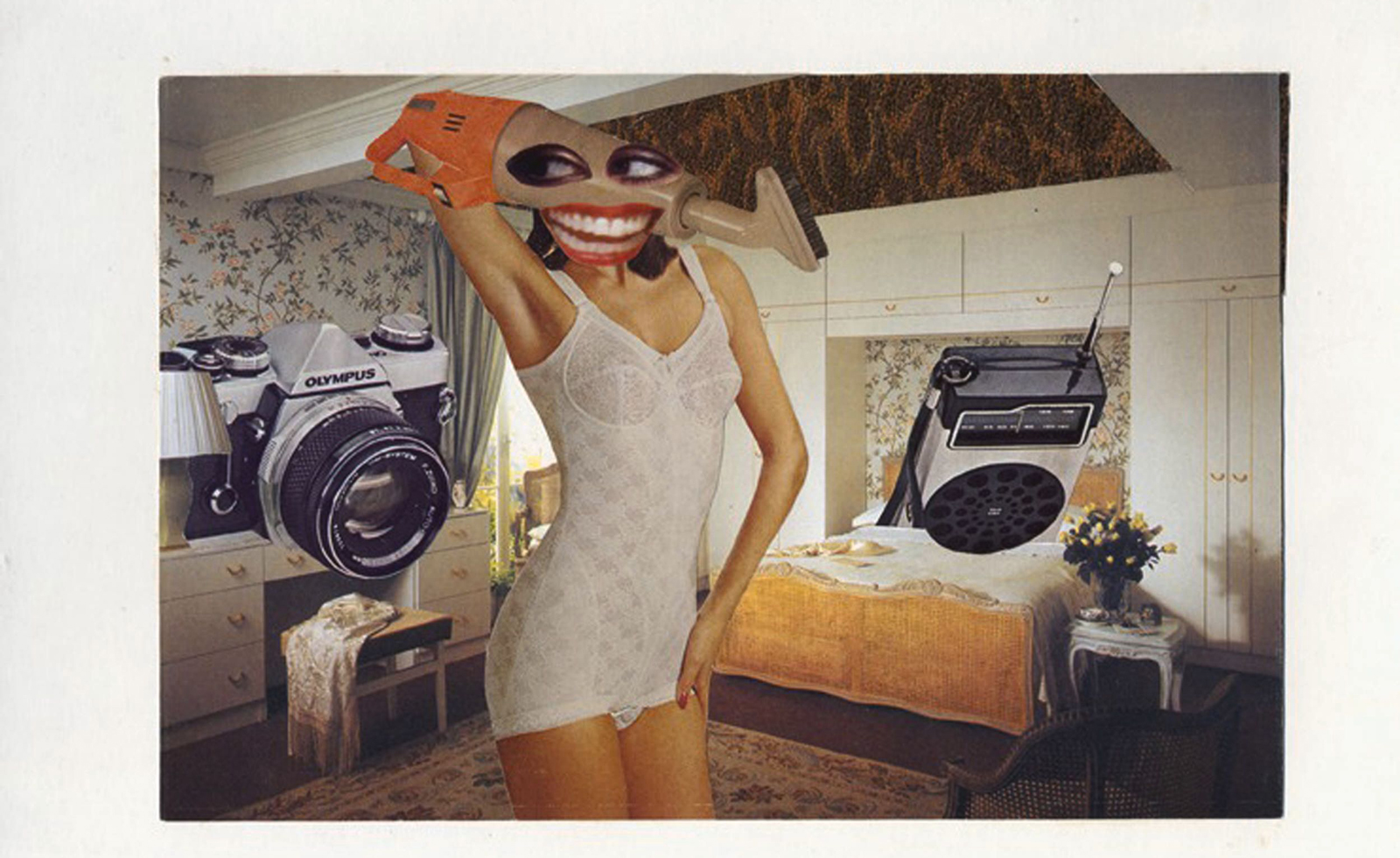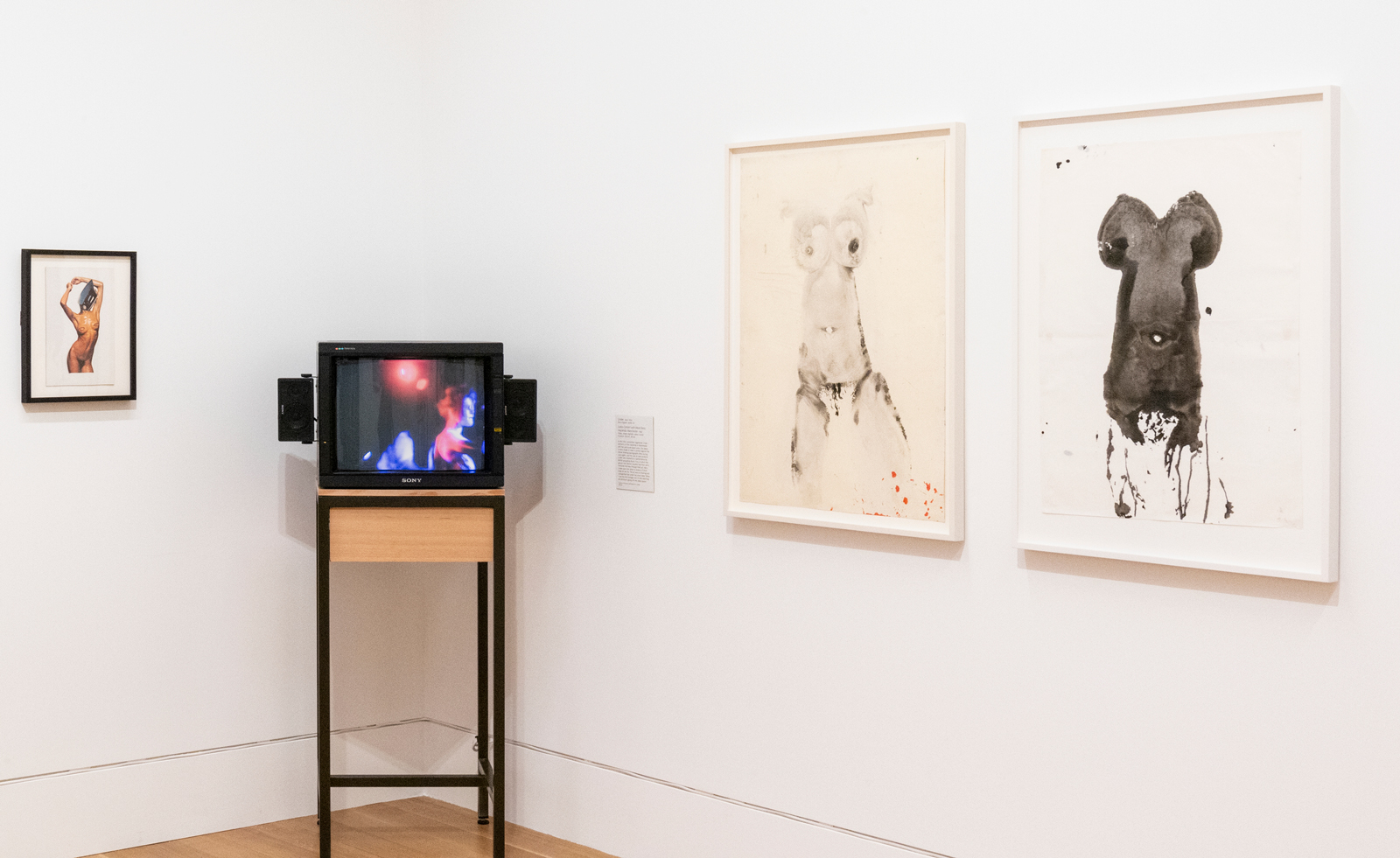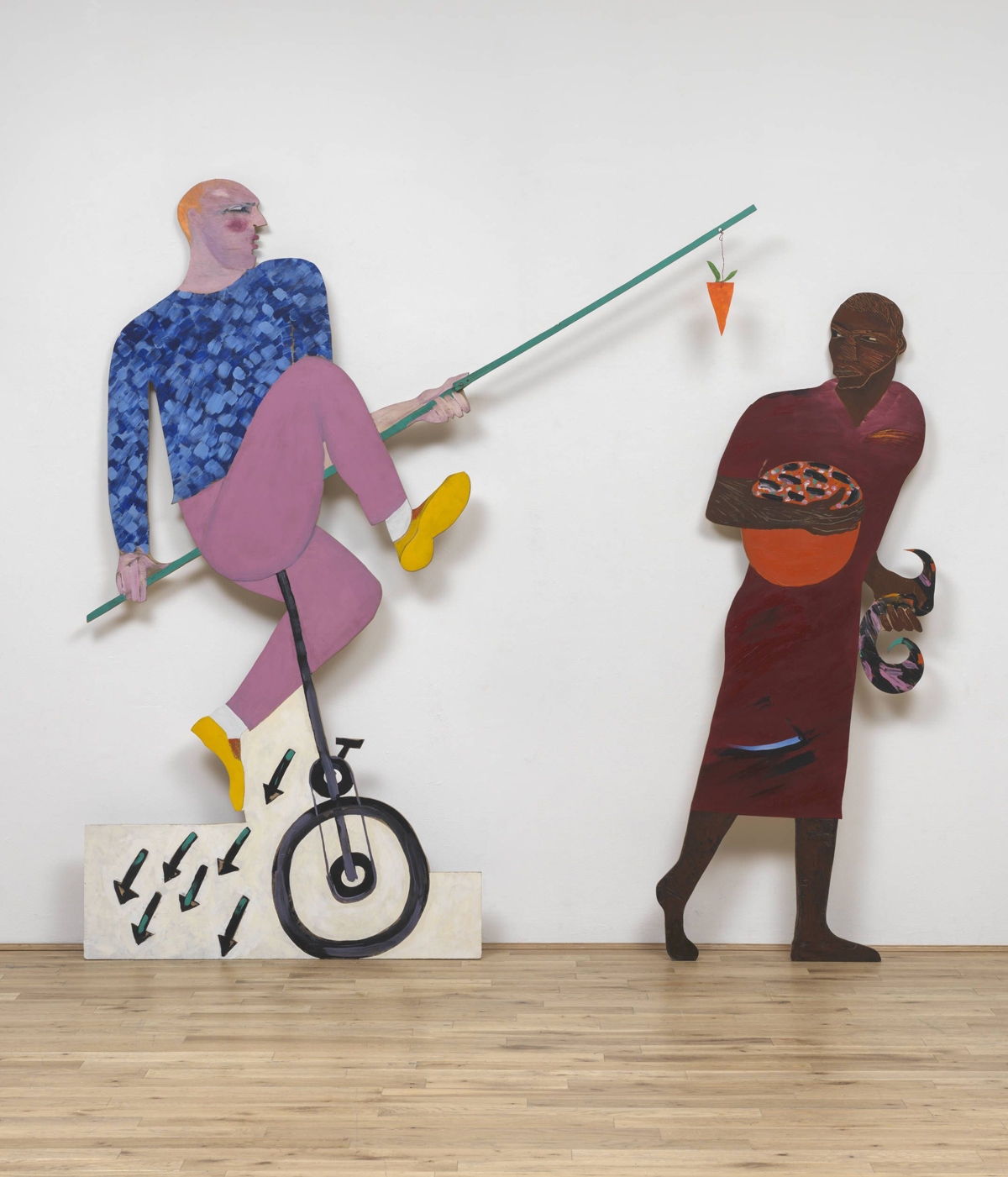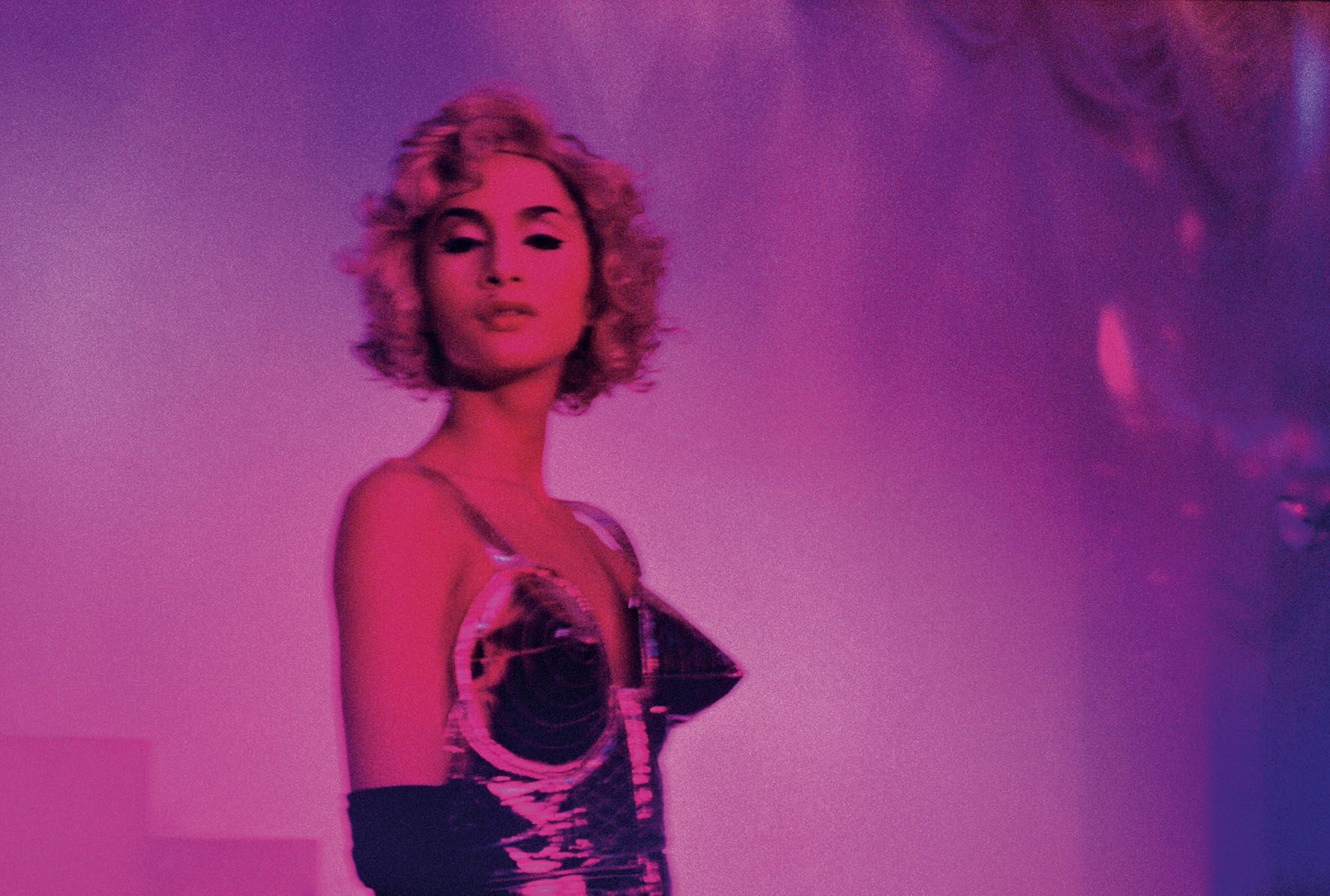‘Women in Revolt!’ at Tate Britain is a deliciously angry tour de force of feminist art
‘Women in Revolt!’ puts feminist art from 1970 – 1990 under the spotlight at Tate Britain

Women are angry, and they are prolific – one of the surprises upon entering ‘Women in Revolt!’, a new exhibition at Tate Britain that puts feminist art from 1970 to 1990 under the lens, is its sheer scale and comprehensive coverage.
‘I think the mainstream art world is finally waking up to the fact that it's been following a very singular, patriarchal, colonial view of art history for a long time and that our audiences demand different perspectives,’ says curator Linsey Young. ‘This is the show I've wanted to make for the whole of my career but it's only in recent years that it has been seen as a viable exhibition to make it one that people will come to see. In terms of the wider political perspectives, there are some quite extraordinary (and depressing) parallels with the 1970s and 1980s.’
‘Women in Revolt!’: a survey of feminist art

Installation view of ‘Women in Revolt!’ at Tate Britain, 2023
Confronting these parallels upon entering the exhibition is a surprise. It’s a multi-sensory mish-mash, set to a frazzling aural pitch, from Gina Birch’s 3 Minute Scream, played on an endless loop, to that distinctive plaintive screaming of a newborn, designed to send your cortisol through the roof.
A group of over 100 women artists, living and working in the UK, are included here, from Sonia Boyce, Susan Hiller, Chila Kumari Singh Burman and Linder to Margaret Harrison, Penny Slinger and Monica Sjöö, whose paintings, drawings, textiles, sculptures, films and printmaking are placed in a social and political context.

Installation view of ‘Women in Revolt!’ at Tate Britain, 2023
‘There is an enormous swathe of British art history that really hasn't been acknowledged in mainstream galleries; artists, writers, smaller galleries and archives have championed this work for decades but it's really the first time you’ll see it in one place in a major institution,’ Young adds. ‘The other thing I really hope people respond to is that you don’t need to have had commercial success or have a massive exhibition history to be taken seriously. Women’s lives have so often been disrupted by caring responsibilities, badly paid jobs or people simply not listening to them, so they often don't have the same “profile” as male artists of the same generation. They also often weren't interested in that kind of success, so many of the women in this show are card-carrying socialists with little interest in the commercial art world.’
Domestic themes – lost in motherhood, the housework, the drudgery – join political stances, with photography and films from Marianne Elliott-Said (aka Poly Styrene) and The Neo Naturists taking a post-punk jab at the patriarchy. Movements, including the BLK Art Group and advocacy group and archive Panchayat, look at women’s role in British Black and South Asian artistic narratives. Artists’ response to Margaret Thatcher’s Section 28 – prohibiting the promotion of homosexuality – strikes an angry, emotional note, on which the exhibition closes.

Houria Niati, No to Torture (After Delacroix 'Women of Algiers') 1982-83
The role that print and graphic imagery play is celebrated here, in a boldly drawn subversion of traditional propaganda connotations. Feminist print-making collective See Red Women’s Workshop is featured heavily throughout, the graphic imagery it created between 1974 and 1990 neatly linking art and activism. Say the group’s members: ‘We understood that graphic imagery could subvert sexist stereotypes with immediacy and humour, and grab attention. Humour was always an important part of our work: we used the See Red Quizzical Eyebrow from the early years to reflect how we felt about the topic and to also to encourage women to question/challenge/get angry about what was happening. Bite the hand, YBA Wife and Right on, Jane were visually more direct and employ humour as consciousness-raising; all challenged the received ideas about political posters being aggressively functional and too serious, as well as challenging accusations that feminists are humourless.’
Receive our daily digest of inspiration, escapism and design stories from around the world direct to your inbox.
‘Women in Revolt!’, 8 November 2023 – 7 April 2024 at Tate Britain, London
tate.org.uk/whats-on/tate-britain/women-in-revolt

Gina Birch, still from Three Minute Scream, 1977. Courtesy the artist

Lubaina Himid, The Carrot Piece, 1985
Hannah Silver is the Art, Culture, Watches & Jewellery Editor of Wallpaper*. Since joining in 2019, she has overseen offbeat art trends and conducted in-depth profiles, as well as writing and commissioning extensively across the worlds of culture and luxury. She enjoys travelling, visiting artists' studios and viewing exhibitions around the world, and has interviewed artists and designers including Maggi Hambling, William Kentridge, Jonathan Anderson, Chantal Joffe, Lubaina Himid, Tilda Swinton and Mickalene Thomas.
-
 The most comprehensive showing of Nan Goldin’s photographs and films is intense and emotional
The most comprehensive showing of Nan Goldin’s photographs and films is intense and emotionalNan Goldin's moving-image work makes a heavy impact in ‘This Will Not End Well’ at Milan’s Pirelli HangarBicocca
-
 How We Host: Interior designer Heide Hendricks shows us how to throw the ultimate farmhouse fête
How We Host: Interior designer Heide Hendricks shows us how to throw the ultimate farmhouse fêteThe designer, one half of the American design firm Hendricks Churchill, delves into the art of entertaining – from pasta to playlists
-
 Arbour House is a north London home that lies low but punches high
Arbour House is a north London home that lies low but punches highArbour House by Andrei Saltykov is a low-lying Crouch End home with a striking roof structure that sets it apart
-
 Out of office: The Wallpaper* editors’ picks of the week
Out of office: The Wallpaper* editors’ picks of the weekFar from slowing down for the festive season, the Wallpaper* team is in full swing, hopping from events to openings this week. Sometimes work can feel like play – and we also had time for some festive cocktails and cinematic releases
-
 The Barbican is undergoing a huge revamp. Here’s what we know
The Barbican is undergoing a huge revamp. Here’s what we knowThe Barbican Centre is set to close in June 2028 for a year as part of a huge restoration plan to future-proof the brutalist Grade II-listed site
-
 Out of office: The Wallpaper* editors’ picks of the week
Out of office: The Wallpaper* editors’ picks of the weekIt’s wet, windy and wintry and, this week, the Wallpaper* team craved moments of escape. We found it in memories of the Mediterranean, flavours of Mexico, and immersions in the worlds of music and art
-
 Each mundane object tells a story at Pace’s tribute to the everyday
Each mundane object tells a story at Pace’s tribute to the everydayIn a group exhibition, ‘Monument to the Unimportant’, artists give the seemingly insignificant – from discarded clothes to weeds in cracks – a longer look
-
 Out of office: The Wallpaper* editors’ picks of the week
Out of office: The Wallpaper* editors’ picks of the weekThis week, the Wallpaper* team had its finger on the pulse of architecture, interiors and fashion – while also scooping the latest on the Radiohead reunion and London’s buzziest pizza
-
 Out of office: The Wallpaper* editors’ picks of the week
Out of office: The Wallpaper* editors’ picks of the weekIt’s been a week of escapism: daydreams of Ghana sparked by lively local projects, glimpses of Tokyo on nostalgic film rolls, and a charming foray into the heart of Christmas as the festive season kicks off in earnest
-
 Wes Anderson at the Design Museum celebrates an obsessive attention to detail
Wes Anderson at the Design Museum celebrates an obsessive attention to detail‘Wes Anderson: The Archives’ pays tribute to the American film director’s career – expect props and puppets aplenty in this comprehensive London retrospective
-
 Meet Eva Helene Pade, the emerging artist redefining figurative painting
Meet Eva Helene Pade, the emerging artist redefining figurative paintingPade’s dreamlike figures in a crowd are currently on show at Thaddaeus Ropac London; she tells us about her need ‘to capture movements especially’